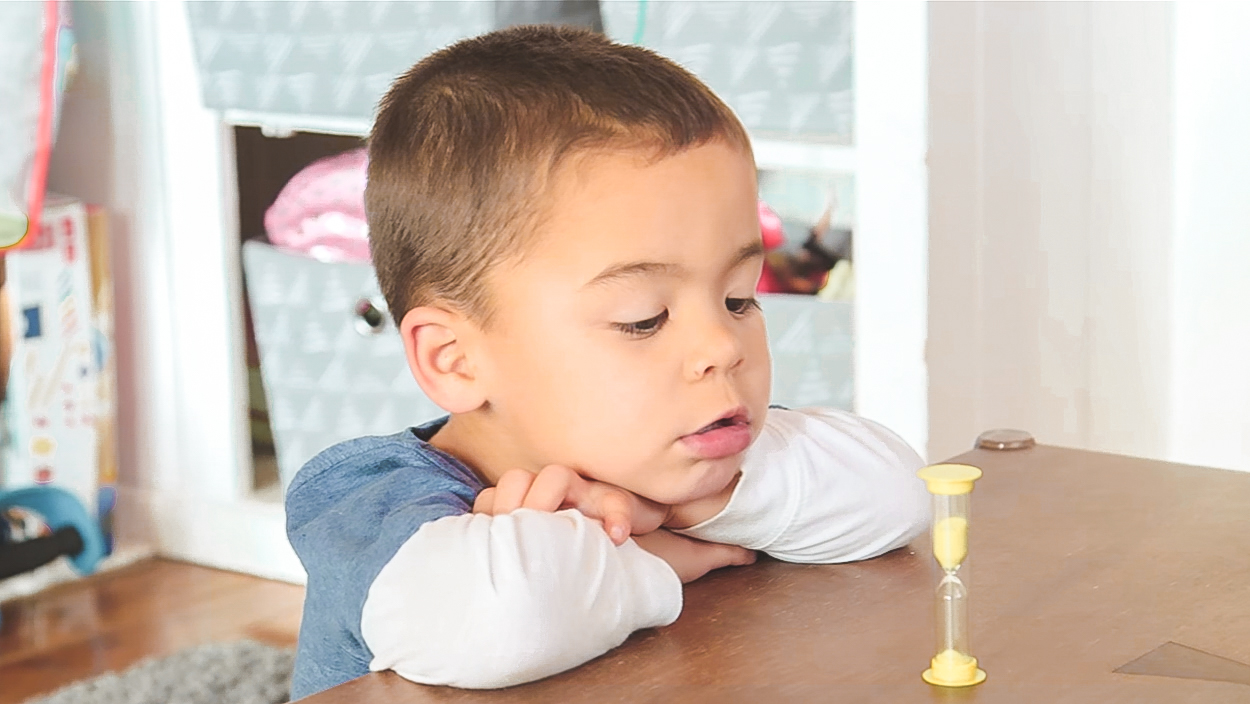

Anyone who’s spent time with young kids knows that the word “no” has to be used sparingly or else it risks losing all currency. As a lifelong preschool educator (and the single mom of three teenage boys), I see this on the daily, and the struggle is real. In some situations, swapping “no” for these tried and true alternatives can help you communicate limits more successfully and calmly — and bypass the drama that can come with that little two-letter word.
1) Let them know what they’re doing isn’t working — and WHY.
Keep in mind, children are actually looking for boundaries, and we, as adults, are the ones that can provide and reinforce those boundaries. Especially if your child is engaging in some nefarious and/ or dangerous behavior, remind them (calmly, without raising your voice), “This is a safety issue and it’s not working. If you do it again, I will need to take x away.” For example, Bobby throws a puzzle piece at Sarah. Walk up to Bobby, get at his level, and calmly remind him that the puzzle piece is for puzzling and not for throwing. Encourage Sarah to self-advocate by sharing how that made her feel. Then step away. If Bobby throws again, go back to the scene of the crime and tell him he’ll have to pick a different activity because he’s not ready for puzzles. Repeat the phrase “This is a safety issue and it’s not working.” And that’s it. End Scene.
2) Offer Two Choices: “This or That”
This goes back to ownership. When you’re little, everything can feel like a hot mess of demands. And it’s true — when you’re young, you really are at the mercy of other peoples’ choices much of the time. So try providing two choices that both get at the same thing. This shifts the energy from “You must do this thing!” to a collaboration. If putting on shoes is a battle, ask “Would you like my help with putting on your socks or putting on your shoes?” Or if your child refuses to eat dinner, offer a choice. Of course, this doesn’t mean you should cook an entirely different meal. It just gives your child more ownership. Say “You can have salmon (what we’re having) or PB & J. Which choice would you like?” If your child asks for pizza, remind them that wasn’t one of the choices. This can work with pretty much everything.
3) Make yourself their partner.
If your child refuses to do something that you’ve asked her, let her know that you are here to help — with that exact language. “I’m here to help” reminds your child that you’re on their team, that you want them to succeed. Say “I see that you’re having a hard time, and I’m here to help you. Let’s work together.” This helps her get out of her “stuckness.” It gives her an out. Keep in mind, though, that a lot of times, especially if the child is very emotional in the moment, they won’t be able to accept your help and move forward right away. And that’s okay. You can say “I can see that you have big feelings about this. I’m here to help whenever you’re ready.” Make your offer of help and then then give them the space to come to you. This is REALLY hard. But doable!
4) Delay your “NO.’ Use strategic timing.
Sometimes it’s best to not say no in the moment and instead save it for later. Of course, if your child is doing something unsafe, you don’t have this choice. But there are other times when you might consider delaying the no and then talking to them when they are at their most rational. Bath time is often a pretty great time to recap the day and talk about ways of doing things differently the next go round. Say, “Remember when you were getting ready, and it was so tricky because you didn’t want to put on your shoes by yourself? What can we do next time so that it’s less tricky?” This gives your child the chance to actually be a leader in finding possible solutions. Then the next time you’re in a similar situation, remind them of that bath chat! Say “Remember when you came up with that great idea in the bath? You told me that the next time you had trouble getting ready, we should get a robot to do it. So let’s look for the robot now!” This shows your child that you do, in fact, listen — and it helps diffuse the situation with a little humor and levity. Even the little ones appreciate that.







